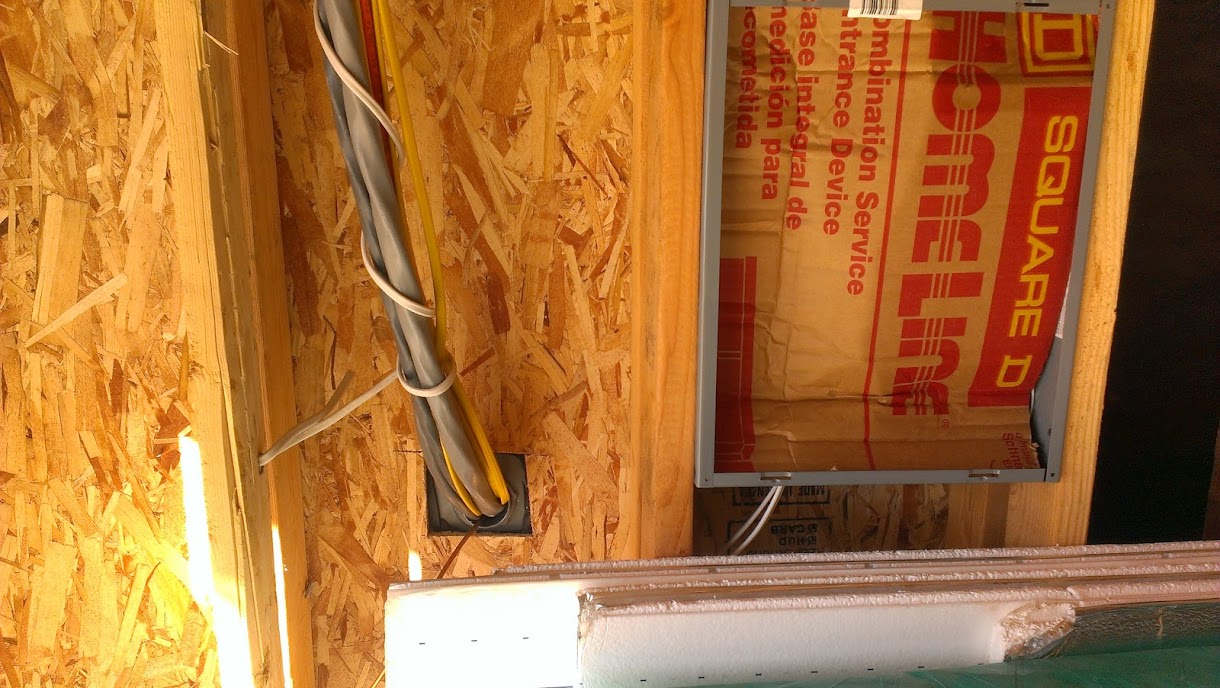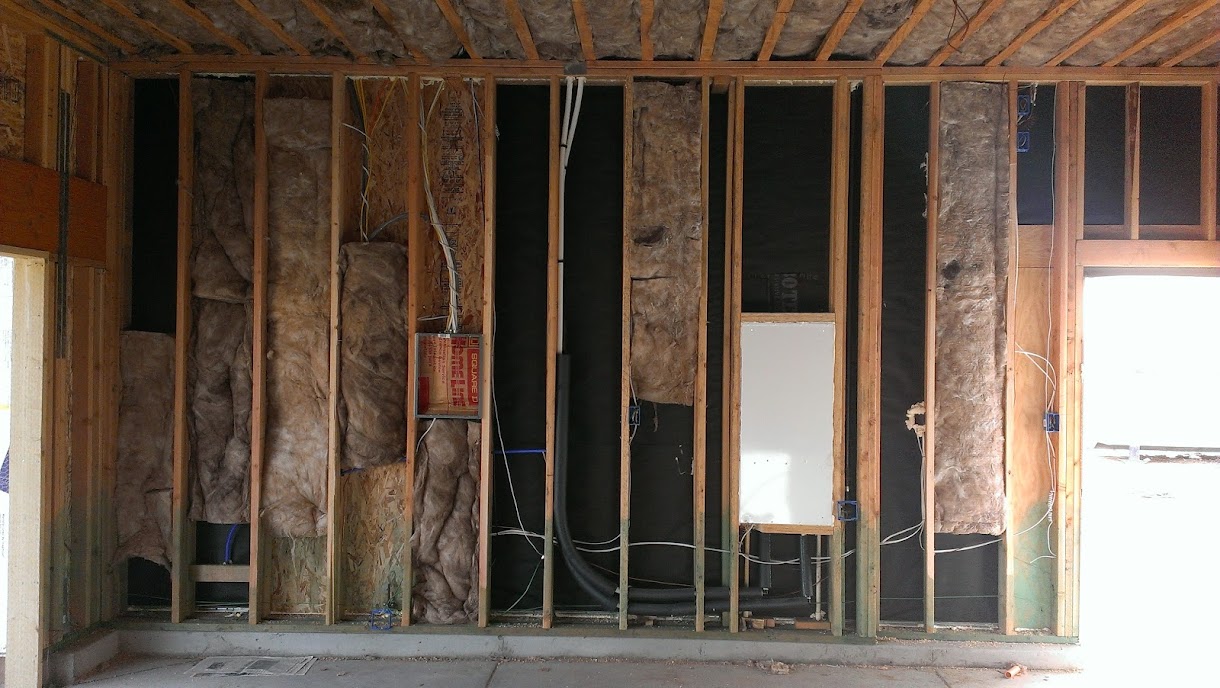210.23 Permissible Loads. In no case shall the load
exceed the branch-circuit ampere rating. An individual
branch circuit shall be permitted to supply any load for
which it is rated. A branch circuit supplying two or more
outlets or receptacles shall supply only the loads specified
according to its size as specified in 210.23(A) through (D)
and as summarized in 210.24 and Table 210.24.
(A) 15- and 20-Ampere Branch Circuits. A 15- or 20-
ampere branch circuit shall be permitted to supply
lighting units or other utilization equipment, or a
combination of both, and shall comply with 210.23(A)(1)
and (A)(2).
Exception: The small-appliance branch circuits, laundry
branch circuits, and bathroom branch circuits required in
a dwelling unit(sj by 210.11(Cj(1), (Cj(2j, and (C)(3)
shall supply only the receptacle outlets specified in that
section.
(1) Cord-and-Plug-Connected Equipment Not
Fastened in Place. The rating of anyone cord-and-plug connected
utilization equipment not fastened in place shall
not exceed 80 percent of the branch-circuit ampere rating.
(2) Utilization Equipment Fastened in Place. The total
rating of utilization equipment fastened in place, other
than luminaires, shall not exceed 50 percent of the
branch-circuit ampere rating where lighting units, cordand-
plug-connected utilization equipment not tastened in
place, or both, are also supplied.
(B) 30-Ampere Branch Circuits. A 30-ampere branch
circuit shall be permitted to supply fixed lighting units with
heavy-duty lampholders in other than a dwelling unites) or
utilization equipment in any occupancy. A rating of any
one cord-and-plug-connected utilization equipment shall
not exceed 80 percent ofthe branch-circuit ampere rating.
(C) 40- and 50-Ampere Branch Circuits. A 40- or 50-
ampere branch circuit shall be permitted to supply cooking
appliances that are fastened in place in any occupancy. In
other than dwelling units, such circuits shall be permitted to
supply fixed lighting units with heavy-duty lampholders,
infrared heating units, or other utilization equipment.
(D) Branch Circuits Larger Than 50 Amperes. Branch
circuits larger than 50 amperes shall supply only
nonlighting outlet loads.




